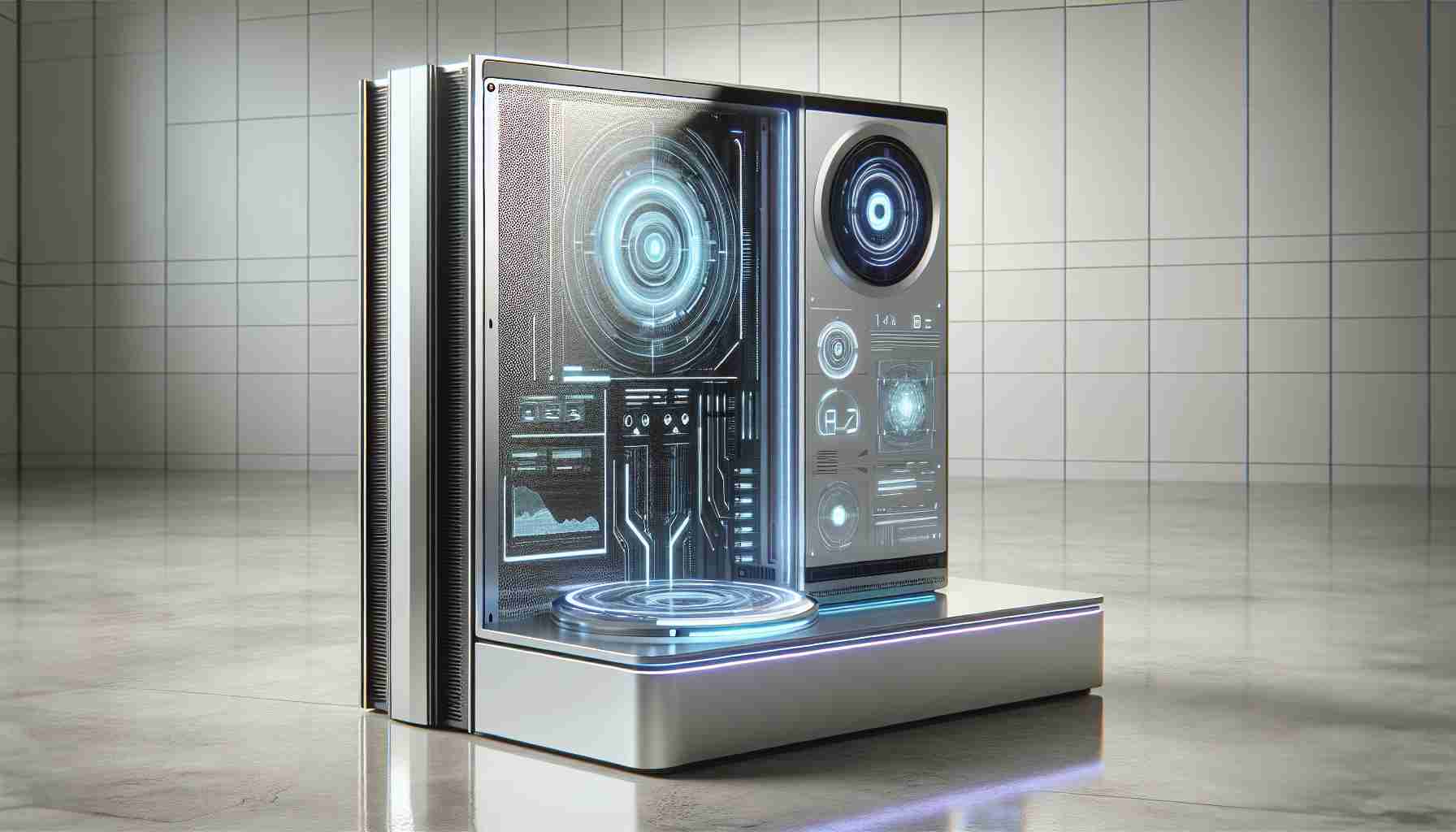AI PCs have become an important topic in the world of technology, generating discussions about their capabilities and potential applications. The concept of running AI models directly on personal computers opens up new possibilities and presents challenges. While it is evident that AI models require significant computing power, the question remains: should PCs become more powerful or should AI models become more efficient?
The launch of Windows 7 in 2009 serves as an example of how software requirements can reshape the PC market. Windows Vista, with its demanding system requirements, faced limited adoption, while Windows 7 offered compelling features that justified investing in higher hardware specifications. AI is expected to have a similar impact, with resource-intensive AI applications driving the need for more powerful PCs.
For notebooks equipped with the latest graphics and neural processing units (NPUs), computational power may not be a concern. However, memory limitations become apparent when dealing with larger AI models or running multiple smaller ones. To meet these demands, the minimum specifications for PCs need to be upgraded.
According to a recent report by TrendForce, Microsoft plans to define AI PCs with 16GB of RAM and 40 tera-operations per second (TOPS) of NPU inferencing performance. While current notebook chips from Intel, AMD, and Apple can reach 16-18 TOPS, further progress is expected.
In addition, GPU vendors are also recognizing the AI trend. AMD has unveiled a new entry-level GPU with 16GB of GDDR6 memory, enabling support for larger AI models without compromising performance. Nvidia has also introduced the RTX 4070 TI Super with increased vRAM and improved memory bandwidth, catering to the growing demand for AI capabilities in gaming.
The evolution of AI PCs is still in its early stages, but as hardware becomes more readily available and software developers integrate AI algorithms into their applications, new use cases will emerge. As a result, both entry-level and high-end PCs will need to adapt to handle increasing AI workloads.
In conclusion, AI PCs represent the future of computing, with the potential to revolutionize various industries. With advancements in hardware specifications and optimized software, AI capabilities are expected to grow, further driving the adoption of AI PCs.
Keywords and jargon used in the article:
– AI: Artificial Intelligence
– PCs: Personal Computers
– AI models: Artificial Intelligence models
– RAM: Random Access Memory
– NPU: Neural Processing Unit
– TOPS: Tera Operations Per Second
– GPU: Graphics Processing Unit
– GDDR6: Graphics Double Data Rate 6
– VRAM: Video Random Access Memory
Recommended related links to primary domains (not subpages):
– Microsoft Homepage
– AMD Homepage
– Nvidia Homepage
The source of the article is from the blog portaldoriograndense.com
